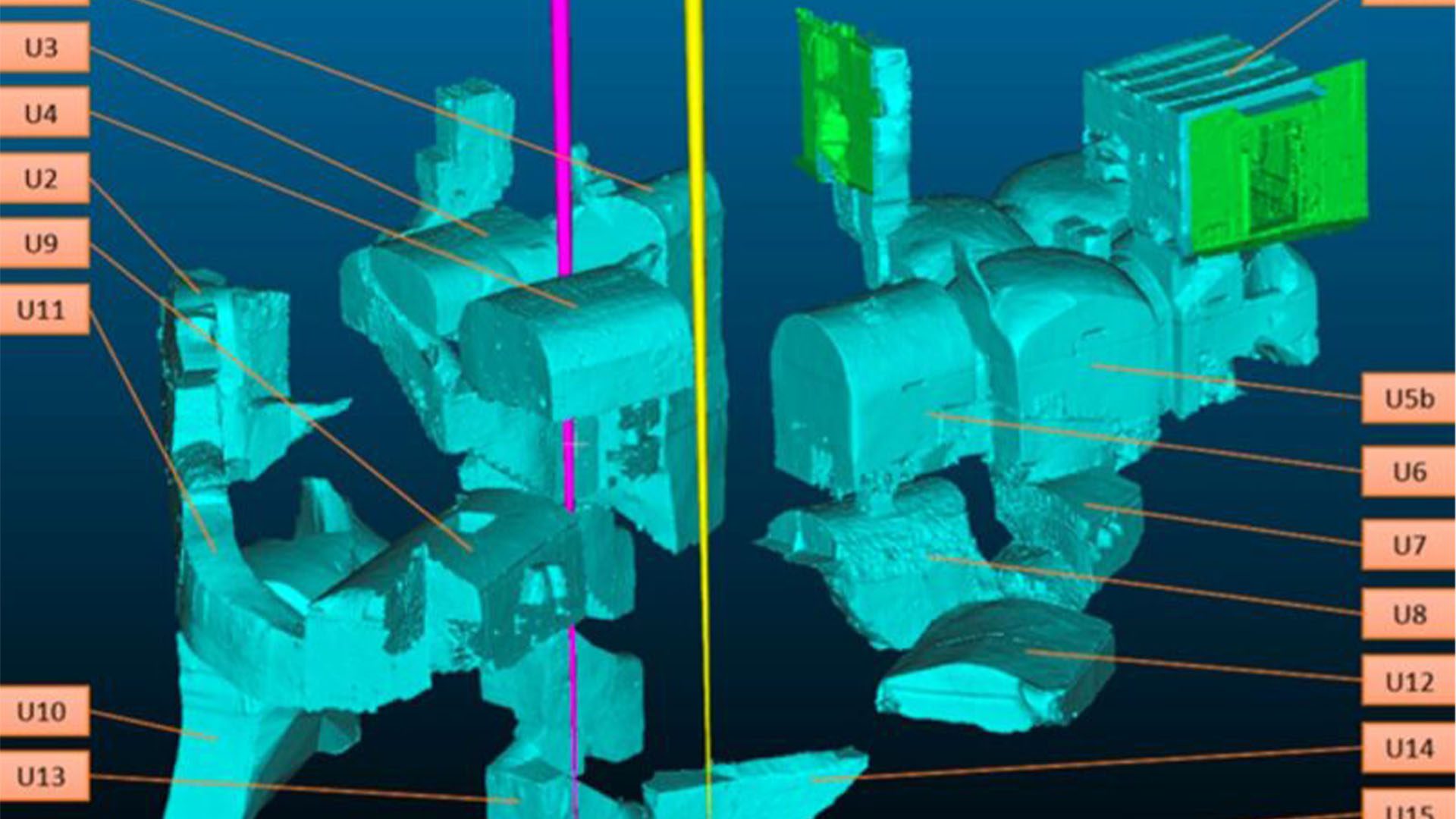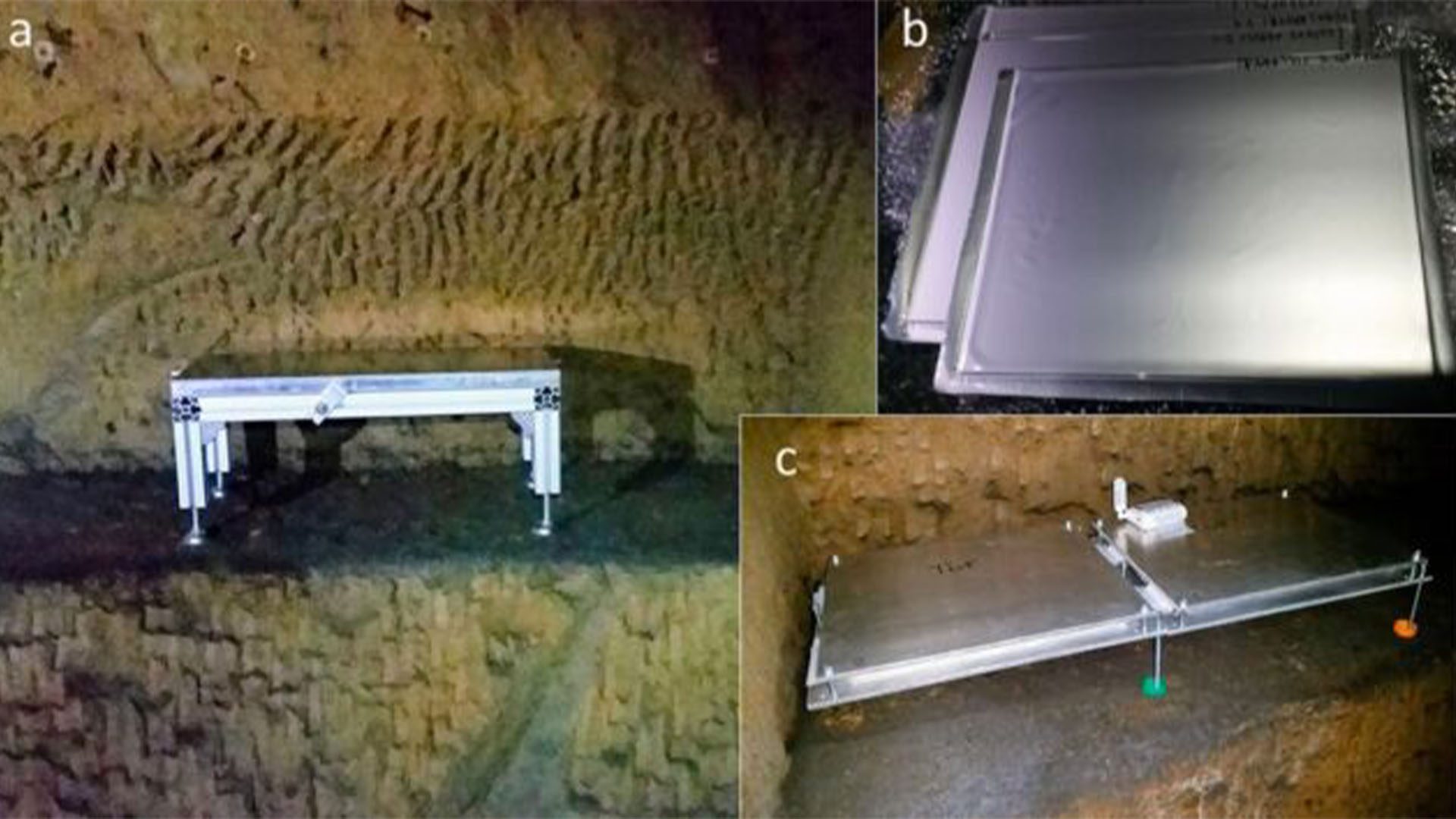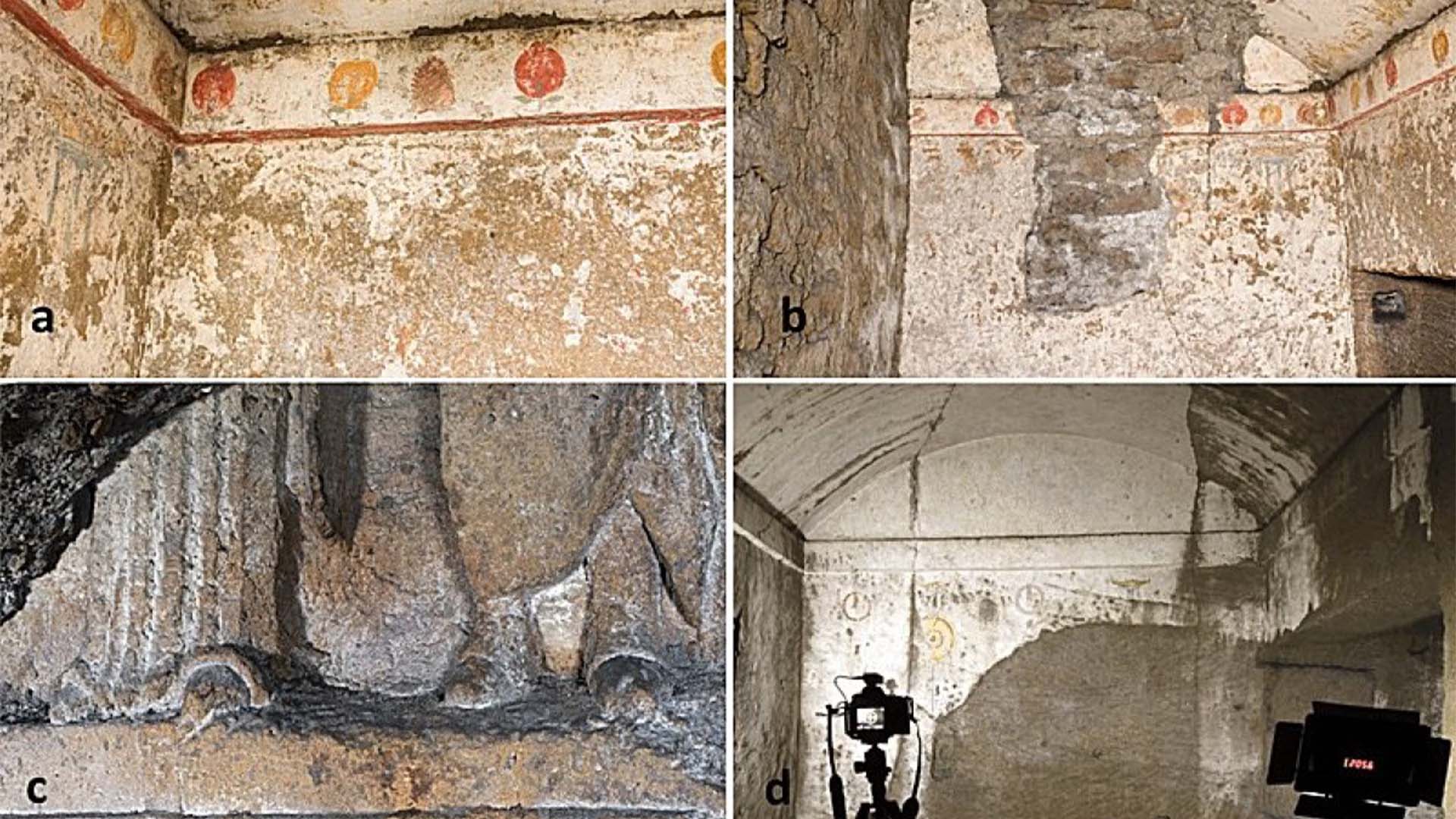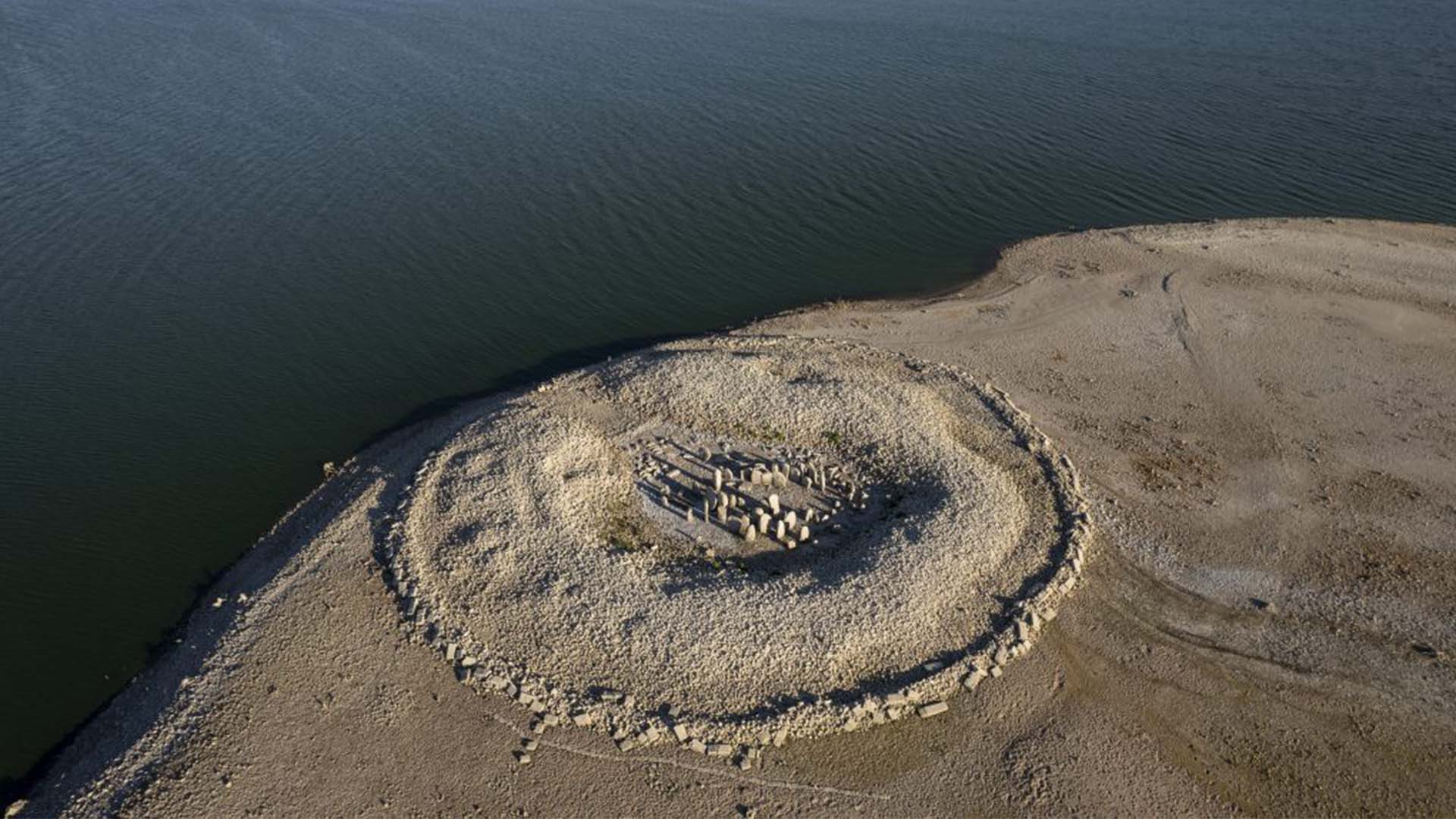The ancient necropolis of Neapolis lies approximately 33 feet below modern-day Naples, Italy. The ruins are located in a densely populated urban district, which makes it challenging to undertake the careful process of archaeological excavation. Using an imaging technique that utilizes cosmic rays called muography or muon tomography, a team of scientists recently discovered a previously hidden underground burial chamber.

The use of muons to examine archaeological sites is a practice that has dated back to the 1950s when an engineer named E.P. George used them to take measurements of an Australian tunnel. Perhaps most notably, muon imaging was used by Nobel Prize-winning physicist Luis Alvarez who teamed up with Egyptian archaeologists and used the practice to search for hidden chambers in the Pyramid of Khafre at Giza. Though the muon imaging technique worked, no hidden chambers were discovered. Years later, however, the same imaging technique was used to detect a mysterious void in another area of the pyramid.
Muon imaging has also been used to search for illegally transported nuclear materials at border crossings, to monitor active volcanos to detect eruptions, and to search for hidden Mayan ruins in Belize. There are many variations of muon imaging, but they typically involve gas-filled chambers. As muons move through the gas, they collide with the gas particles and emit a distinct flash of light which is recorded by a detector. This allows scientists to calculate the particle’s energy and trajectory.

This process is similar to X-ray or ground-penetrating radar but, because the muon particles are high-energy, this makes it more possible to image thick, dense substances such as the stones used to build many ancient structures. The denser the imaged object, the more muons are blocked which casts a distinct shadow. This allows hidden chambers and structures to appear in the final image because they blocked fewer particles.
Neapolis was a city rich in volcanic tuff rock, which made it soft enough to sculpt worship spaces, tombs, and caves for housing. The necropolis was once used for burials from the late fourth century BCE to the early first century CE. Over time, the area was buried in sediment from natural disasters. Although the exact size of the structure isn’t known, it could potentially house dozens of tombs including four tombs that were discovered in the late 19th century.
Researchers at the University of Naples Federico II, the National Institute of Nuclear Physics in Naples, and the University of Nagoya in Japan thought that muography could potentially allow them to see some of the hidden structures.
“Due to its non-invasive nature, this technique is particularly suitable for urban environments where the applications of active inspection methods such as seismic waves or bore holing is not conceivable,” the authors wrote.

The detectors used in the study are based on nuclear emulsion detectors, which are compact and don’t require an external power supply. Nuclear emulsion technology was popular in the study of cosmic rays, leading to the discovery of the pi-meson and parity violation in K-mesons.
The researchers behind the study used two detector modules, each with a pile of four emulsion films. The films were sealed inside an envelope, to allow control of light and humidity, and left in an underground cellar before they were developed. They also used a 3D laser scanning spatial model of the accessible underground structures for comparison.
The excess of an unexpected number of muons reveals evidence of a new underground structure. Additionally, the muography also provided enough information to estimate the size and position of the structure. The unknown structure measures 6.5 by 11.5 feet and the authors of the study have theorized that it could date back to the late fourth century or early third century BCE.







